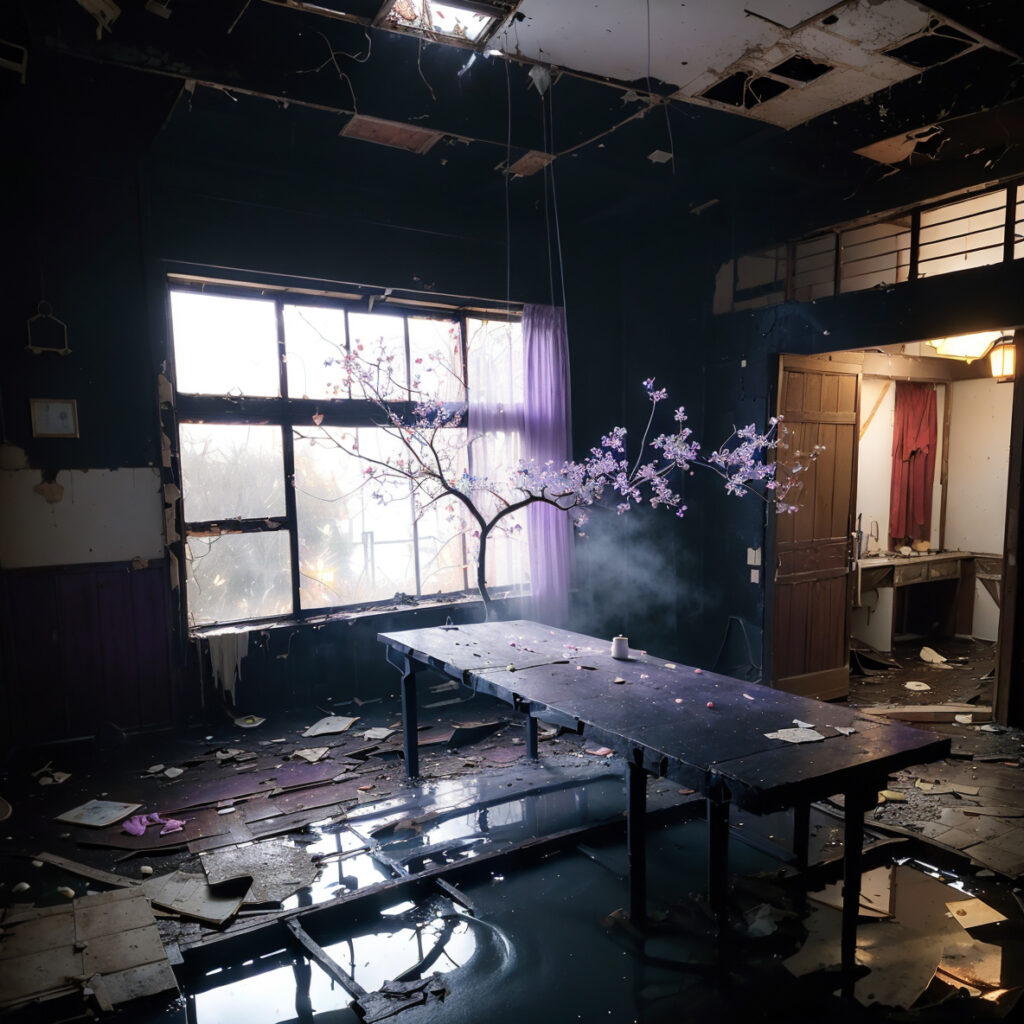
Underworld Illusions 48

Less Than Art by Kazuya Ueda

Underworld Illusions 48
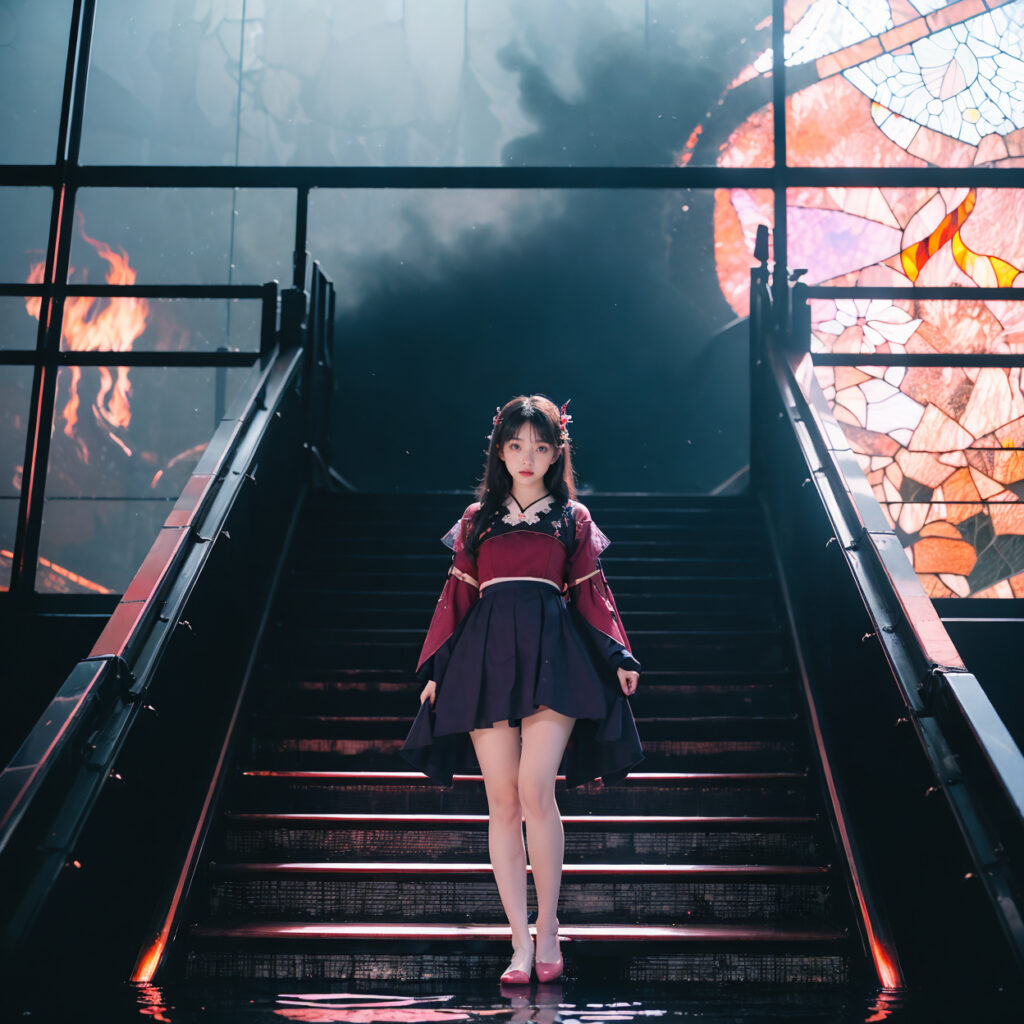
Underworld Illusions 47
Keep going down the silent escalator
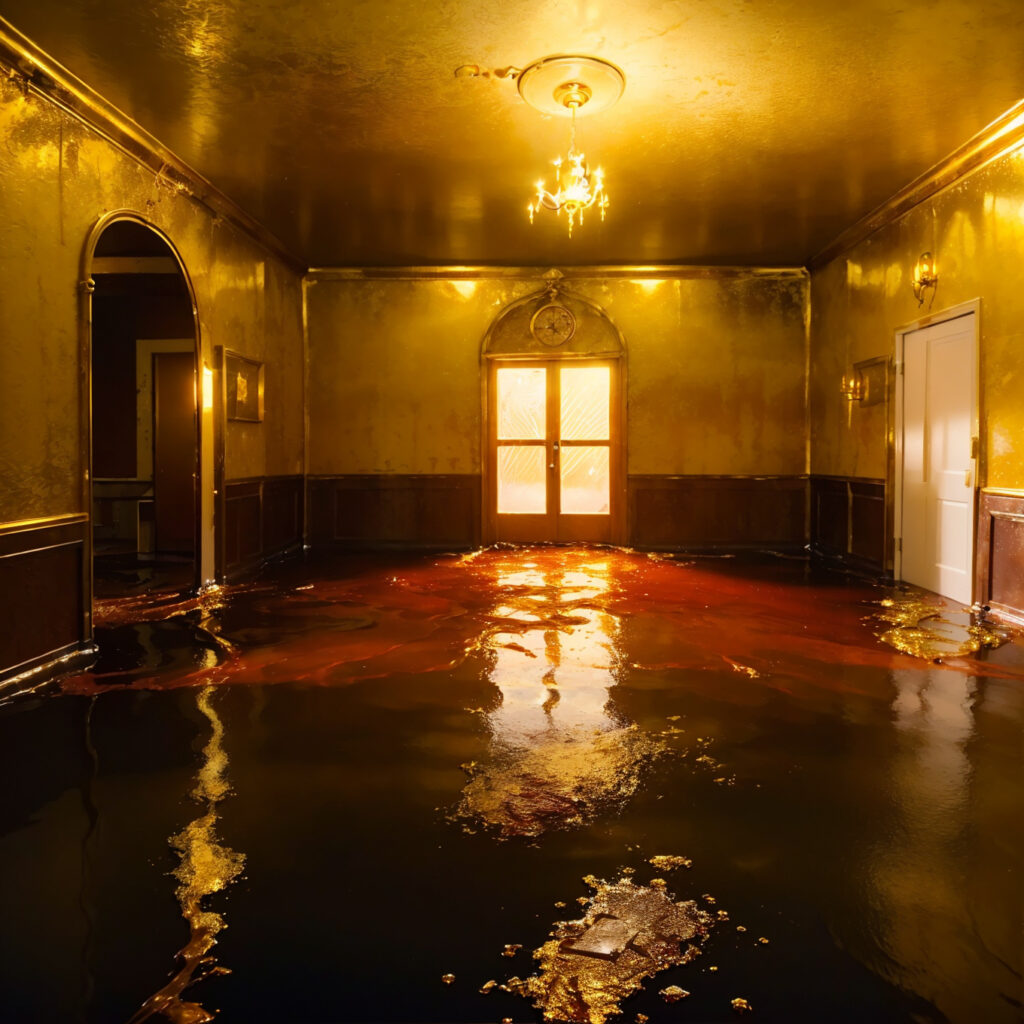
Room of Melted Gold
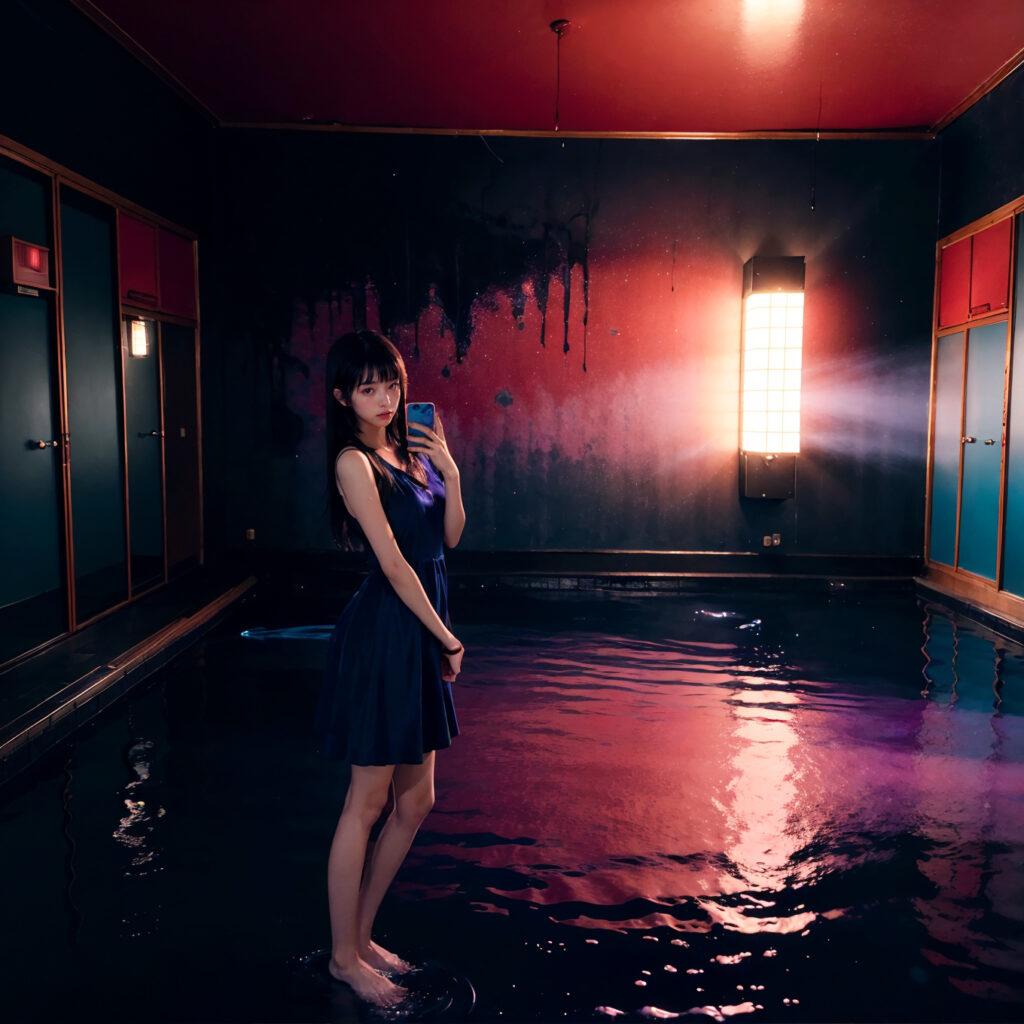
Underworld Illusions 46
In a secret room, hidden shooting
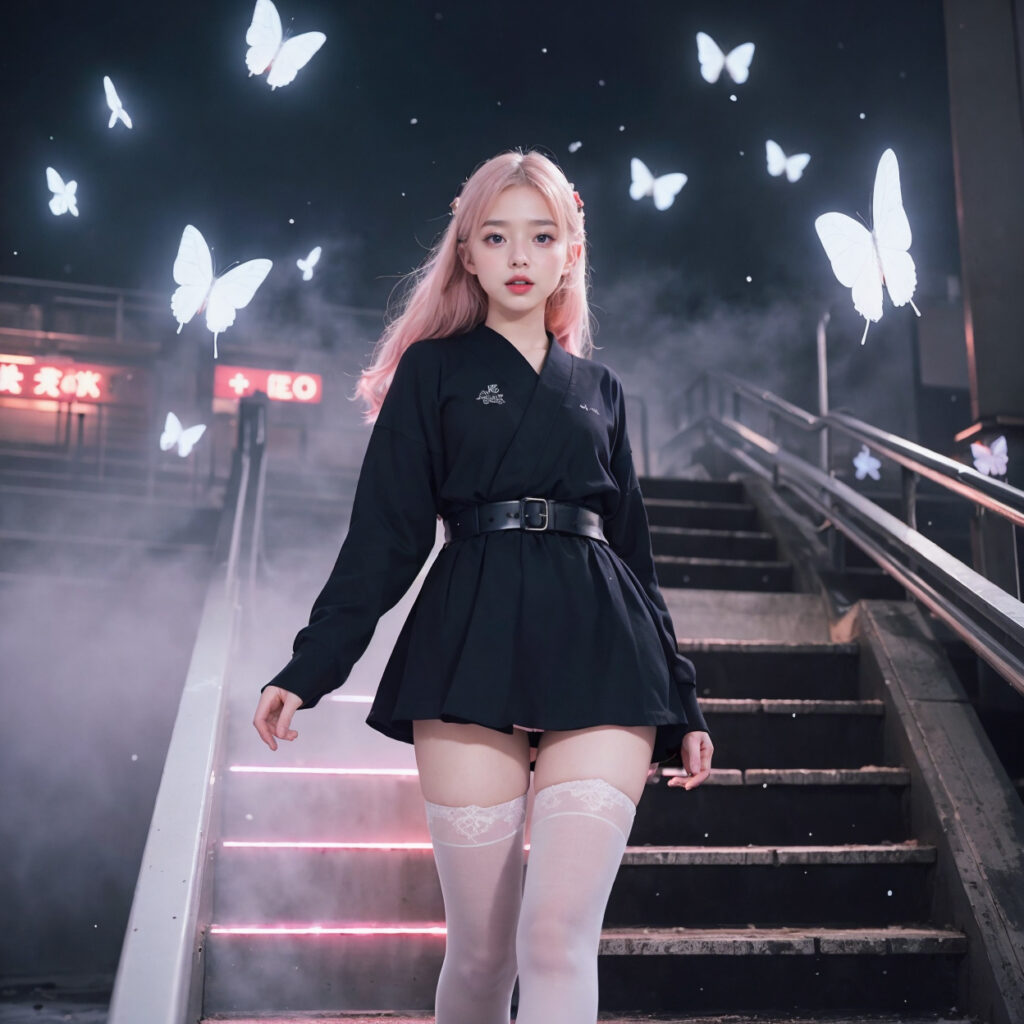
Underworld Illusions 45
Quantum doll lover welcomes you down an imaginary staircase
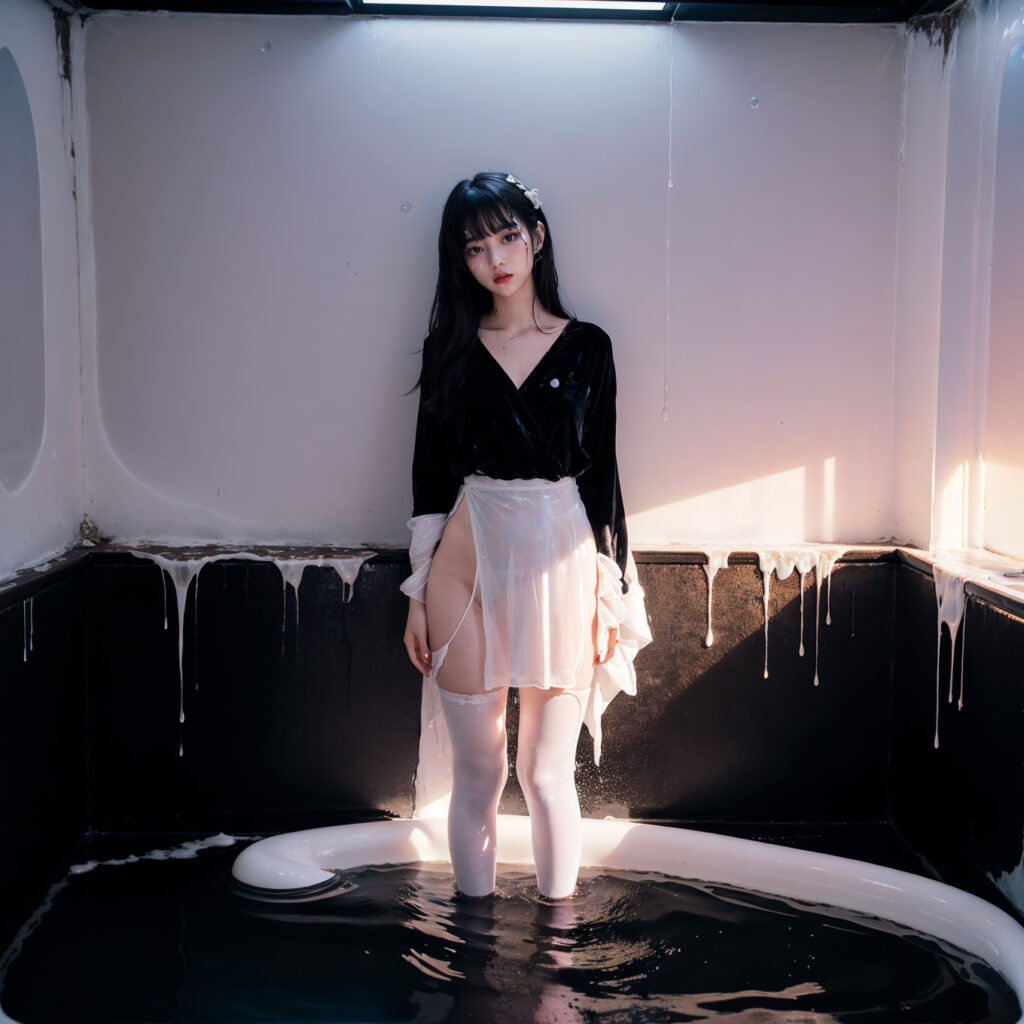
Underworld Illusions 45
Afternoon in the Black Ink Room
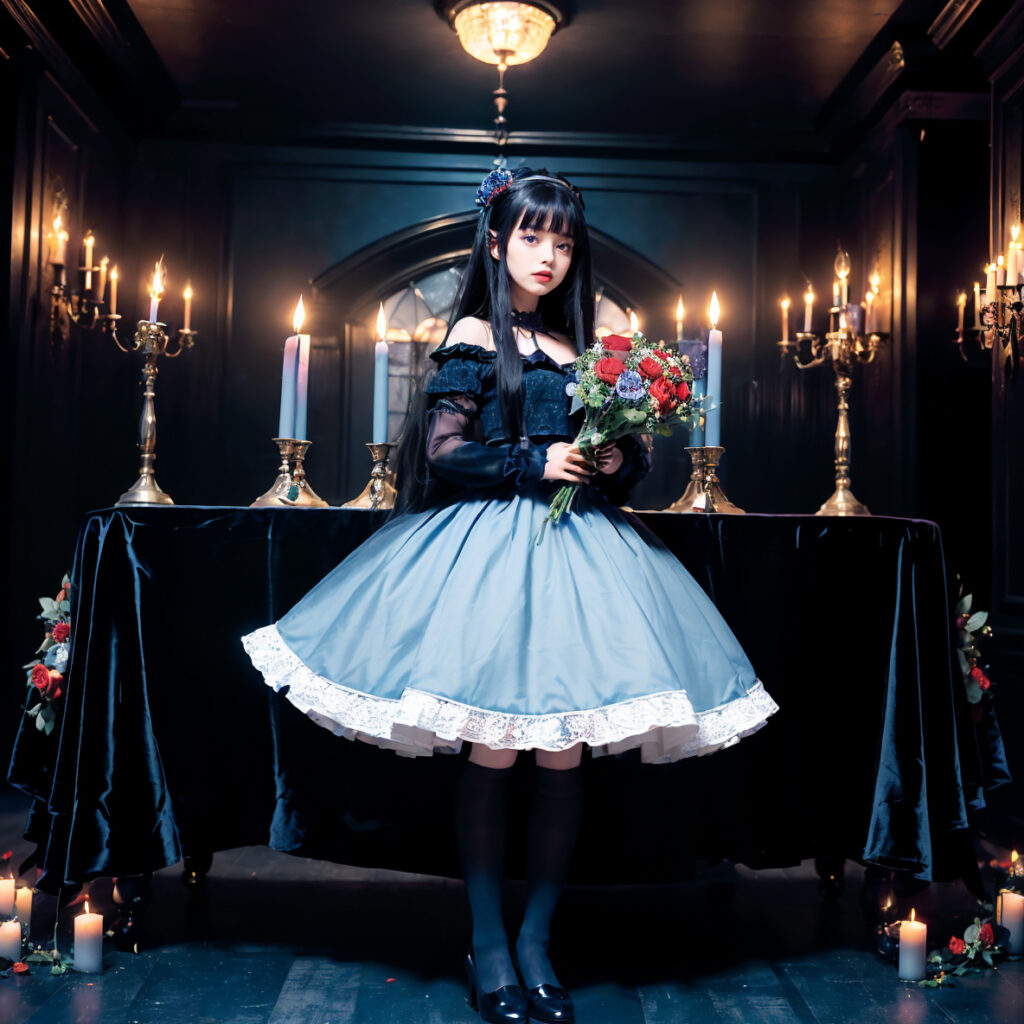
Underworld Illusions 43
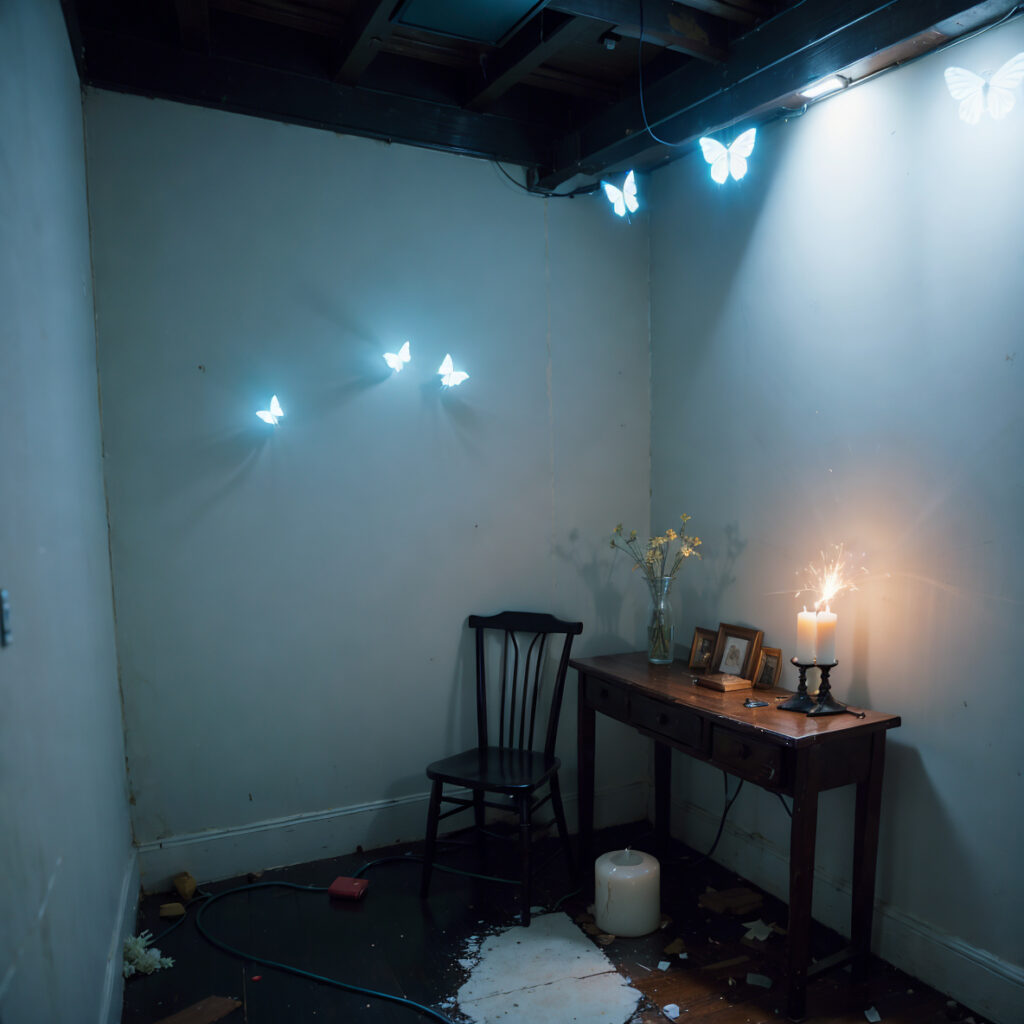
Meditation room for lonely singles
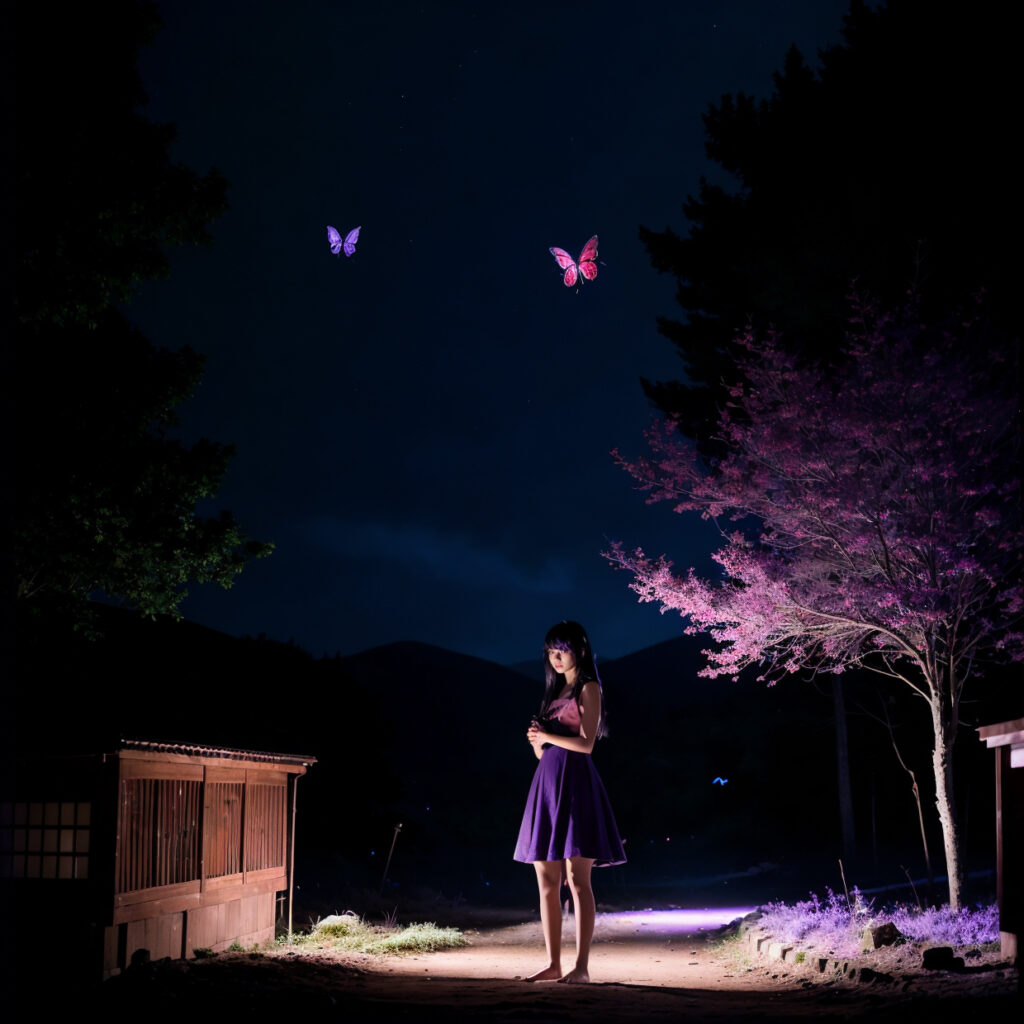
Underworld Illusions 42
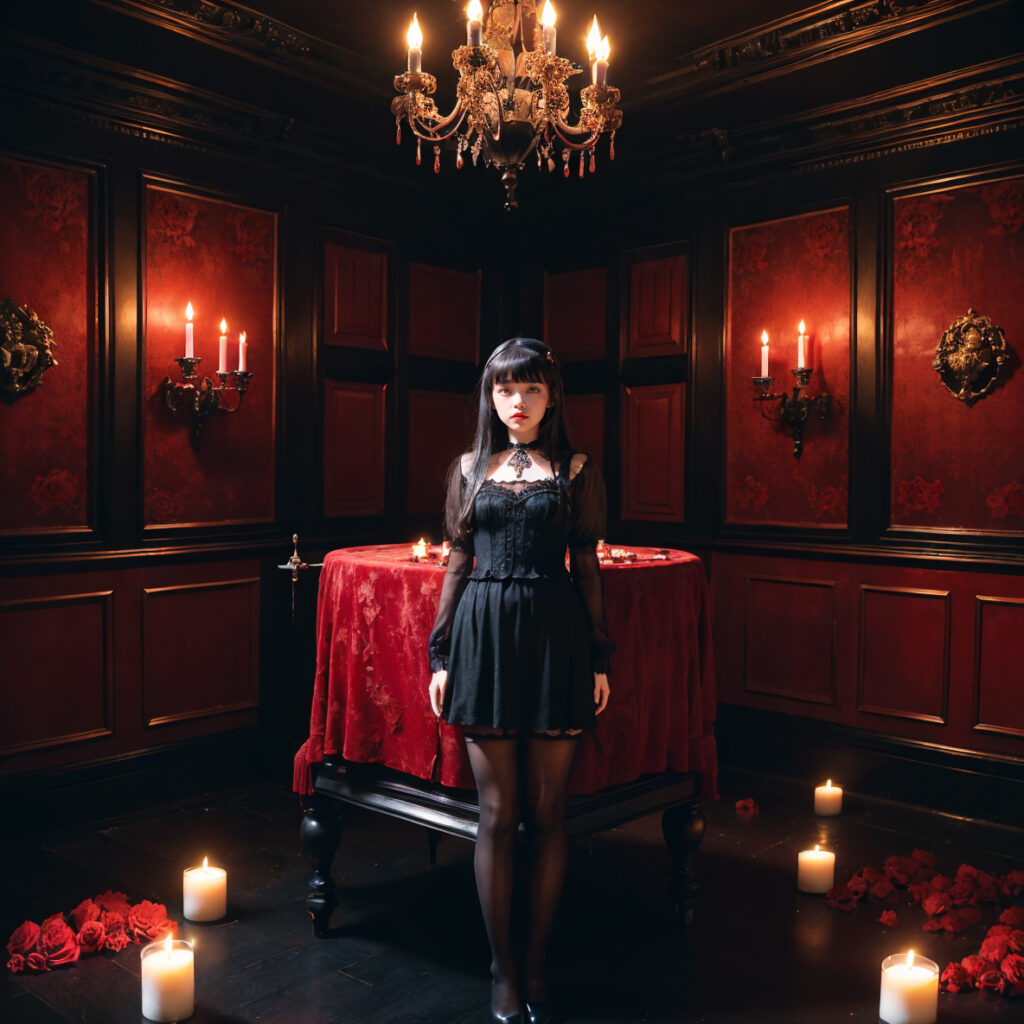
Underworld Illusions 41